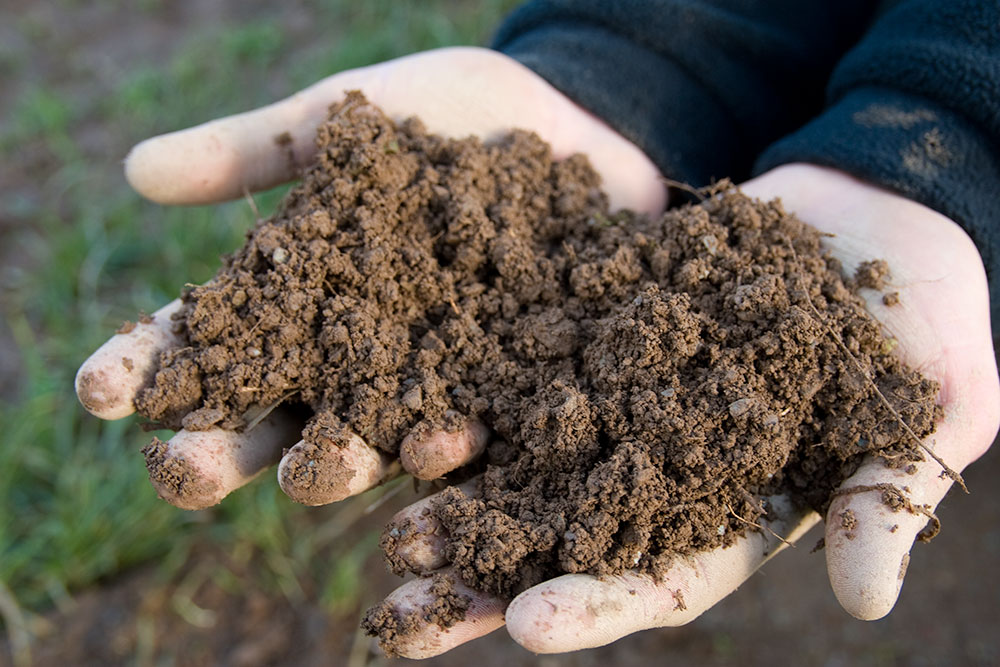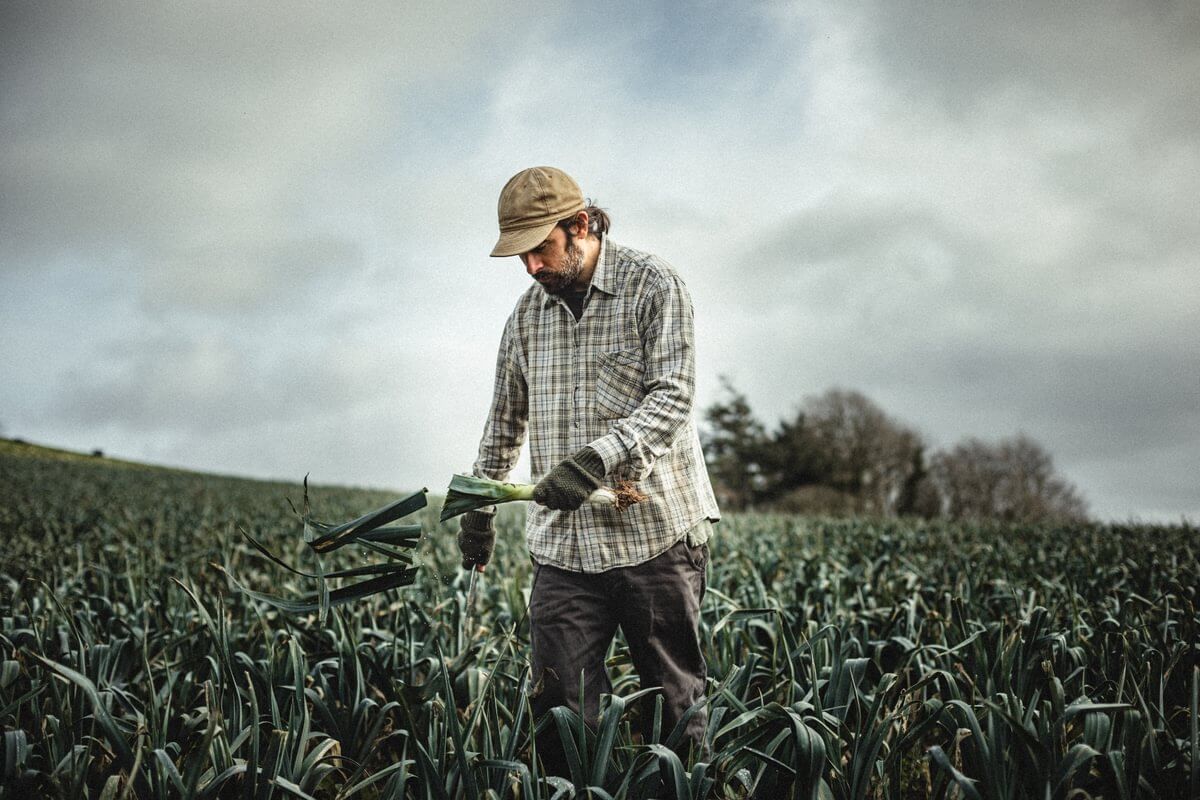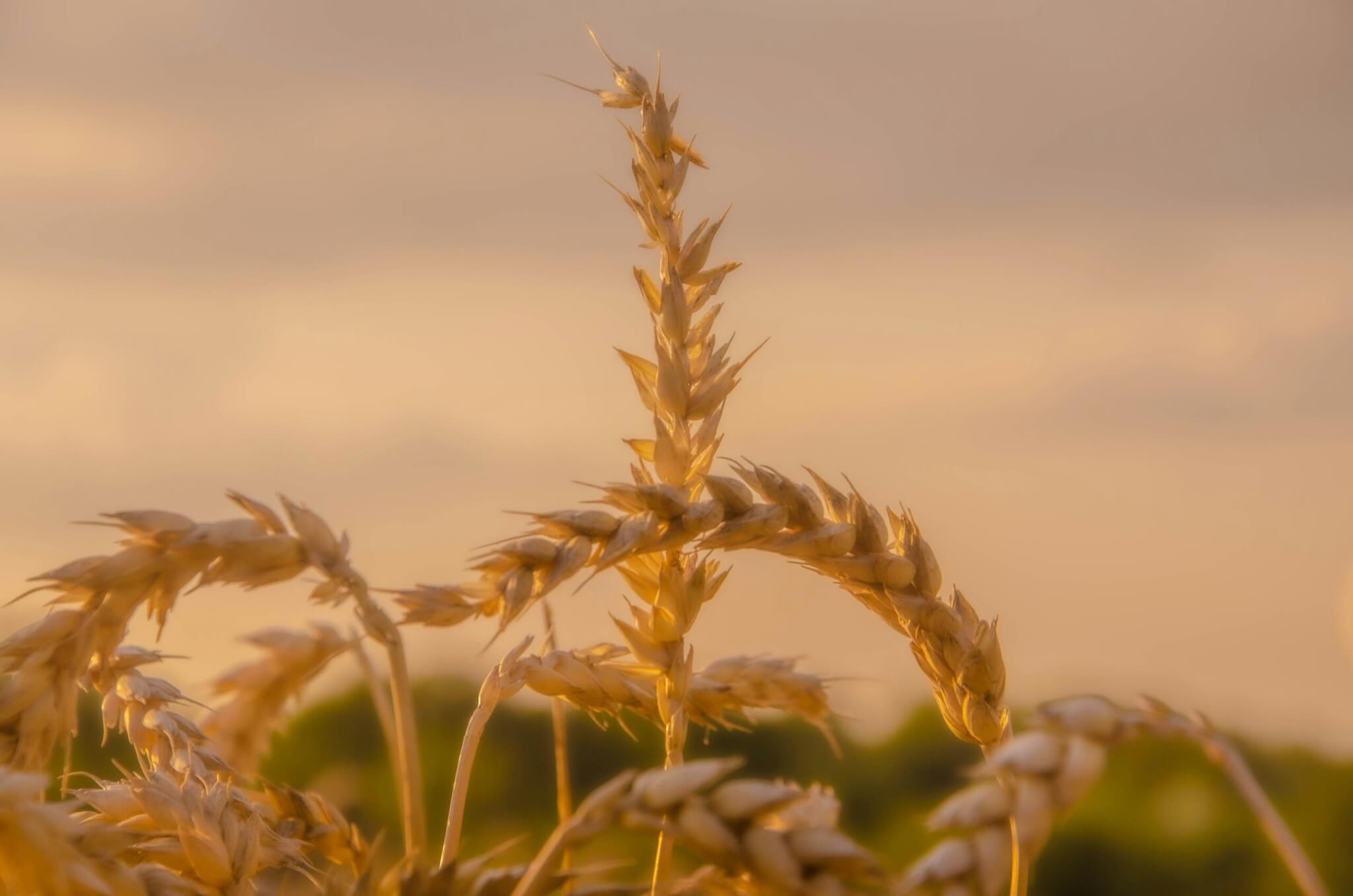“Low pH, low or very low Potassium and Phosphorous…lime and adequate fertiliser application essential.” According to the soil analysis on my desk, my pumpkins should be dead, or at least stunted. I am kicking myself for not sending off the samples earlier when we could have limed, spread some muck or even chosen another field. I shouldn’t be surprised; this is thin, grade-three land where no conventional commercial grower would dream of planting veg.
Too late now; the crop is in the ground. Yet the five-week old pumpkins are romping away with good leaf colour despite only 1cm of rain since planting. I suspect they are having to work hard to find their nutrients; a scrape at the soil shows roots already stretching over 40cm with growth of 2cm a day and accelerating. A little hardship can make for a healthier, tastier and more nutritious crop which shrugs off pests and stores well, though it may not produce the highest yield. It is a long way to harvest but, walking the field, I have a good feeling despite the lab’s suggestions of doom.
One would be a fool to ignore measurement of soluble nutrients (available to roots now) and total nutrients (possibly available later), but they are just one indicator of how well a crop might do and offer only a snapshot of a dynamic situation. Further information can be gleaned from leaf colour, how previous crops have grown, which ‘indicator weeds’ dominate and their leaf size/colour (if docks and chickweed look strong you can be pretty sure most veg will do well); the feel, structure, colour and even the smell of the soil also help. How easy it is for the roots to extend and form intimate contact with the soil is just as important as concentration of soluble nutrients. much will depend on the microbial activity breaking down and releasing the nutrients from the previous crop and mycorrhizal fungi that form a bridge between the roots and the soil. A soil analysis is one small indicator along with others that come for free.
Despite my confidence we have applied a top dressing of sieved compost and cultivated it into the top, most active, 10cm of soil with our first inter-row hoeing. Next year, I will get the samples done earlier. But ultimately, like a growing number of crops, what these pumpkins need most of all is rain.















0 Comments